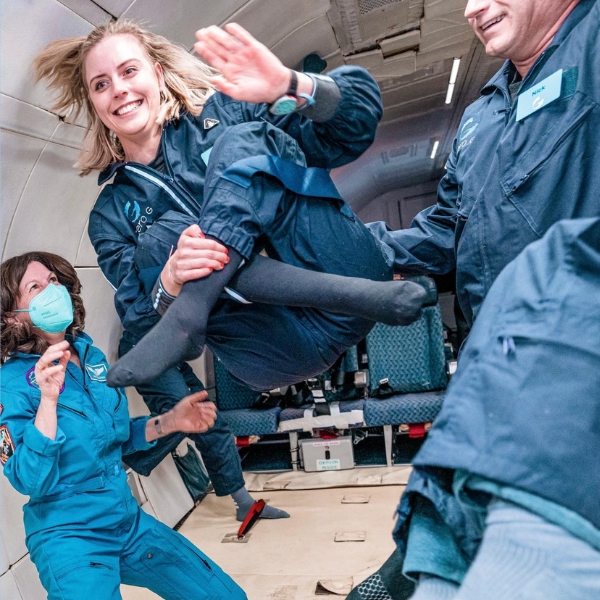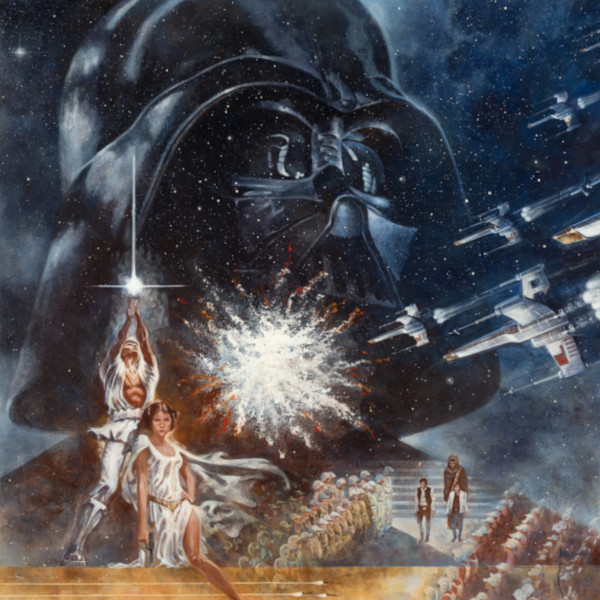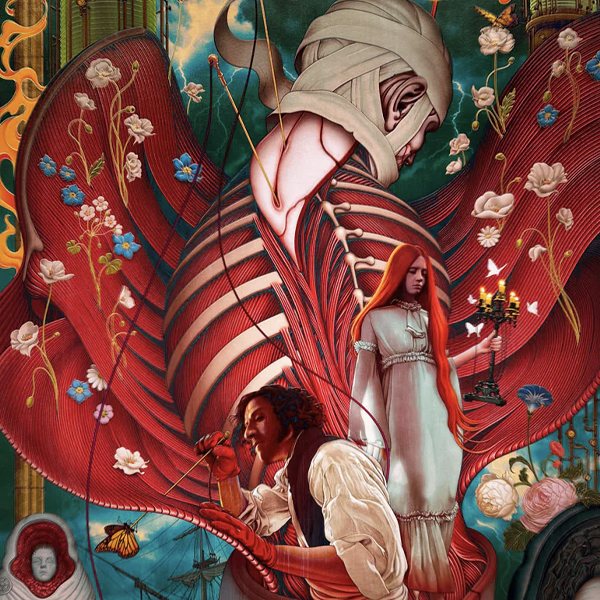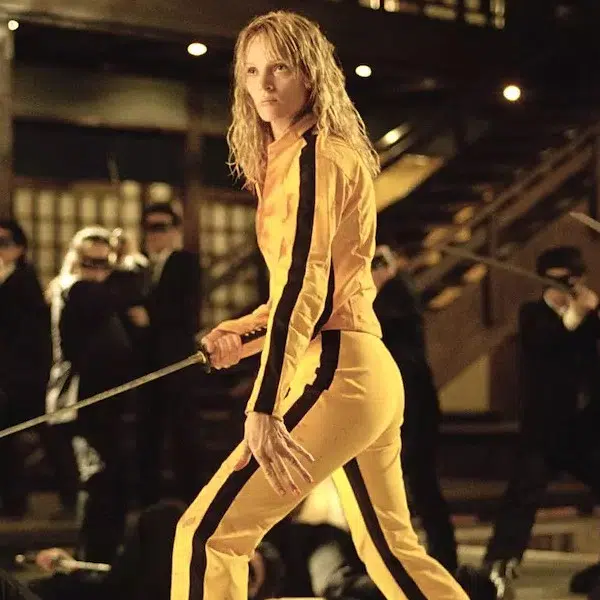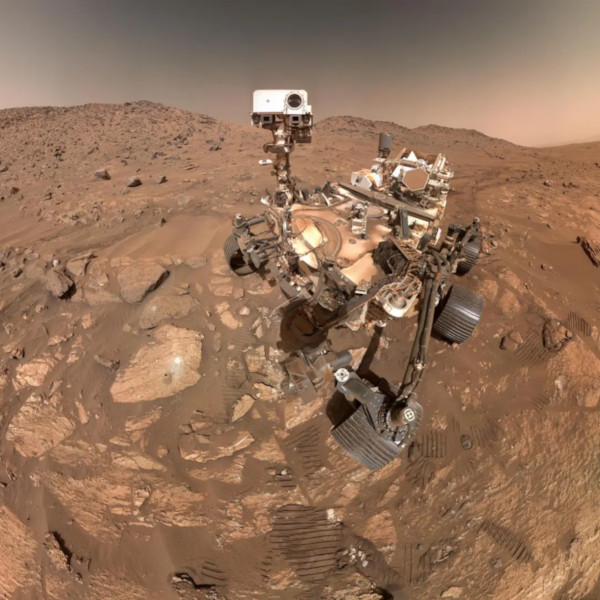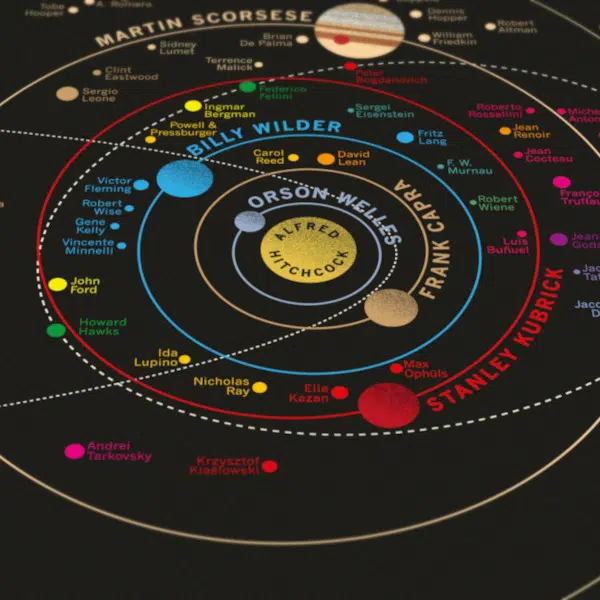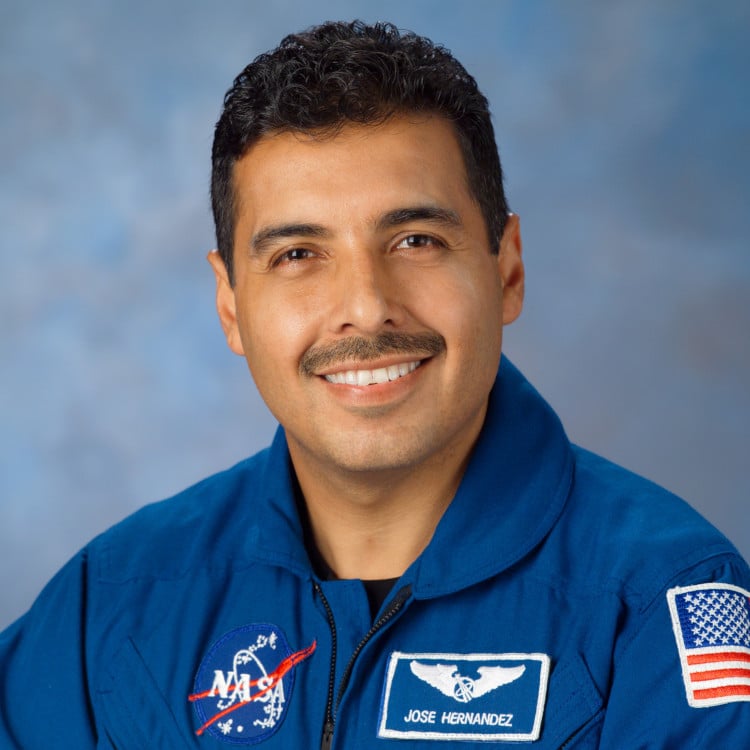
Photo: NASA
In 2009, astronaut José Hernández saw his dream come true—travel to space as a member of NASA's STS-128 mission. But his path was unlike that of most astronauts. Born to immigrant parents, he spent his early years picking produce in California. Unrelenting about his passion for the stars, Hernández was rejected by the space program 11 times before he was finally accepted. Now, his inspiring life story has been turned into a movie titled A Million Miles Away, directed by Alejandra Márquez Abella.
Born in French Camp, California, Hernández used to spend half the year with his family in Michoacán, Mexico, before returning to the U.S. to follow the seasonal harvests. “My childhood was typical of a migrant farm working family, a family that spends nine months out of the year picking fruits and vegetables from Southern California to Northern California,” Hernández told CNN in 2016. “While others looked forward to summer vacation, I hated it. Summer vacation meant working seven days a week in the fields.”
His earliest memory of space was watching the landing of Apollo 17 on his family’s black and white television. Ever since that moment, he was set on becoming an astronaut. Since the traveling lifestyle led him to miss school and relocate often, his second-grade teacher called for them to settle in one place so their kids could have a good education—an act that set Hernández on the right track to achieve his dream.
Hernández went on to get a bachelor’s degree in electrical engineering from the University of the Pacific in 1984. Two years later, he earned a master’s degree in electrical and computer engineering from the University of California, Santa Barbara. Hernández then joined the Lawrence Livermore National Laboratory in Northern California, where he developed equipment for the first full-field digital mammogram.
But his dream to become an astronaut didn't fade, and so, he applied the five “ingredients” his dad had taught him about for pursuing a dream, which are also the five chapters featured in the movie:
• Find your goal
• Know how far you are
• Draw a roadmap
• If you don’t know how, learn
• When you think you’ve made it, you probably have to work harder
And so Hernández persisted through every rejection letter—and kept on polishing his skills. He obtained his pilot’s license, became a certified scuba diver, and even learned to speak Russian. Finally, in 2004, at age 42, his coveted acceptance letter came. After completing Astronaut Candidate Training, he was selected as a mission specialist on the STS-128 mission, bound to launch in August 2009. During the 14-day journey aboard the shuttle Discovery, Hernández helped transport seven tons of equipment and supplies to the International Space Station.
Today, Hernández serves as Regent of the University of California and runs Tierra Luna, the aerospace consulting firm he co-founded. He is also a motivational speaker and is back to picking fruit—this time, on his own terms, as he owns a vineyard, where he and his father make and sell their own line of wines, Tierra Luna Cellars, inspired by the stars he saw in space.
Now that his life has been turned into a movie, he hopes his story gives a push to those pursuing a goal that looks impossible. He said, “I hope the film serves as a way of motivating many people to pursue their own dreams with the kind of passion I had to pursue mine.”
A Million Miles Away is now streaming on Prime Video.
In 2009, astronaut José Hernández saw his dream come true—travel to space as a member of NASA's STS-128 mission.
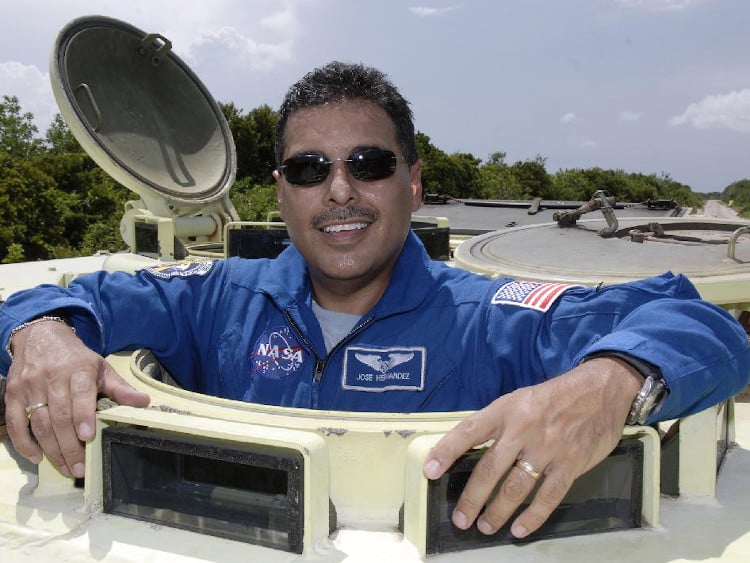
Photo: NASA
But his path there was unlike that of most astronauts. Born to immigrant parents, he spent his early years picking produce in the fields of California.
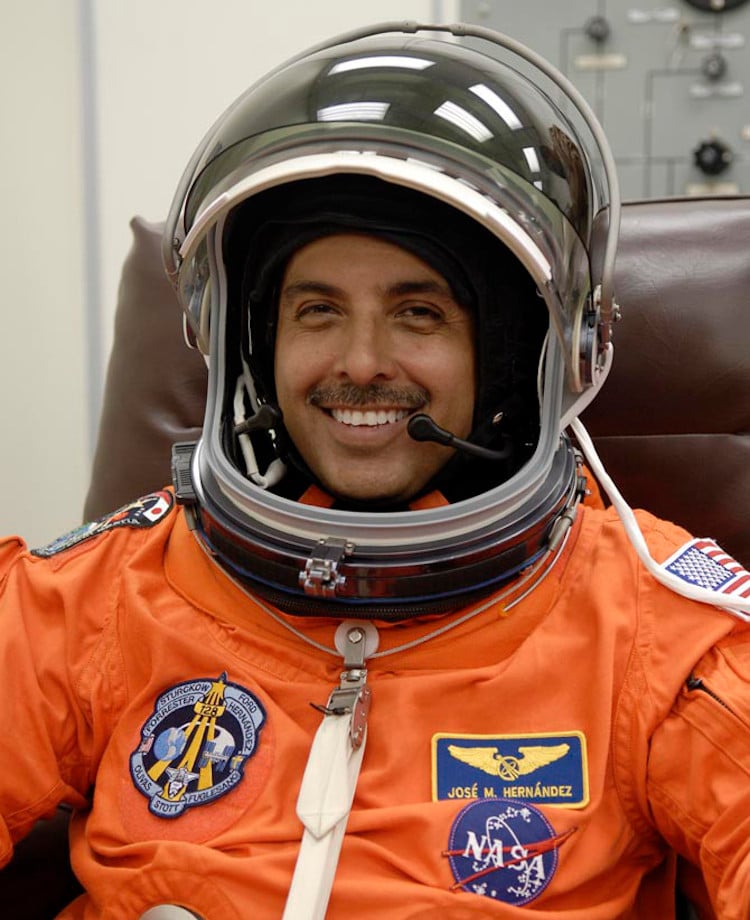
Photo: NASA
Now, his inspiring life story has been turned into a movie titled A Million Miles Away, directed by Alejandra Márquez Abella.
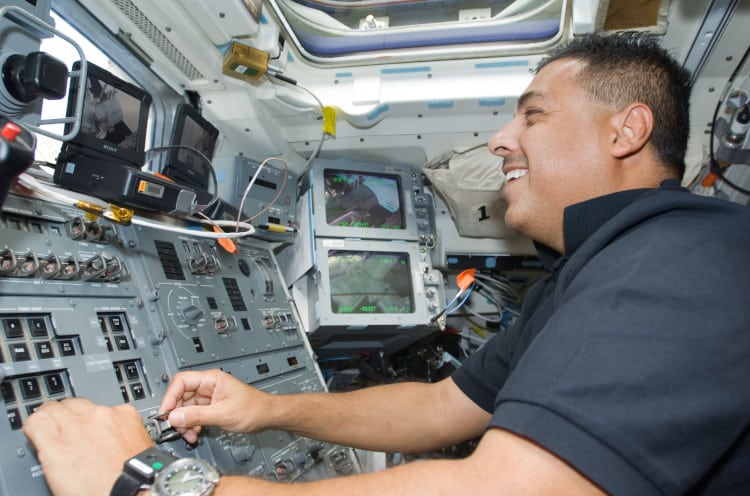
Photo: NASA
NASA: Website | Instagram | Facebook
h/t: [NBC DFW]
All images via NASA
Related Articles:
Astrophotographer Captures Astronauts on a Spacewalk While the ISS Crosses the Sun
NASA Reveals Astronauts Who Will Fly to the Moon Next Year
Watch an Astronaut Get “Stuck” in Microgravity, Left Floating in Space
This NASA Astronaut Will Become the First Native American Woman in Space











































































